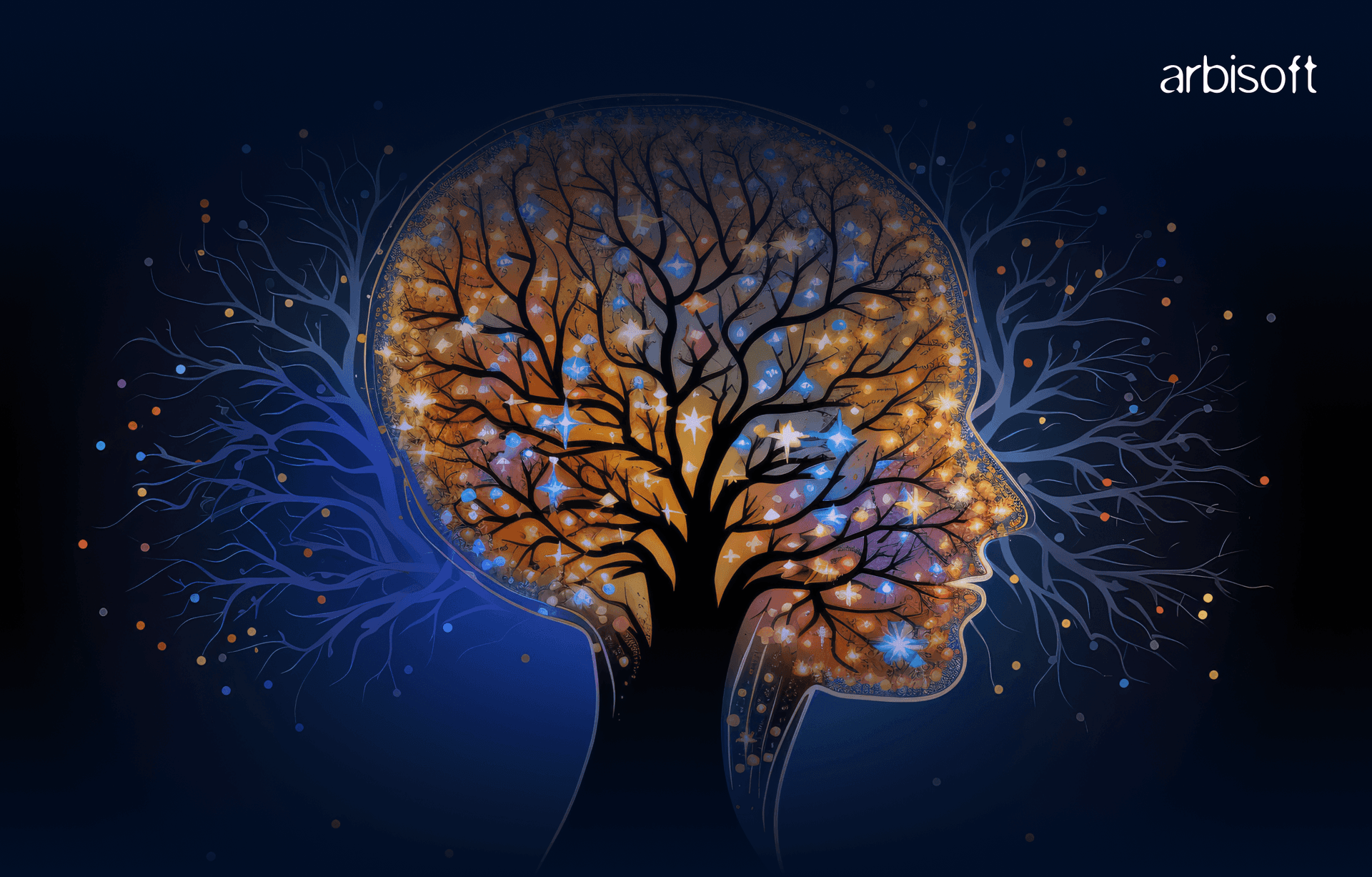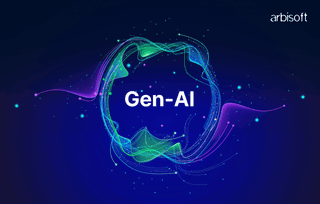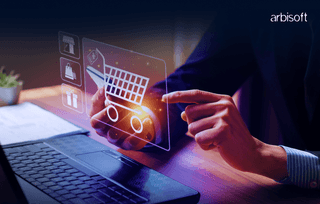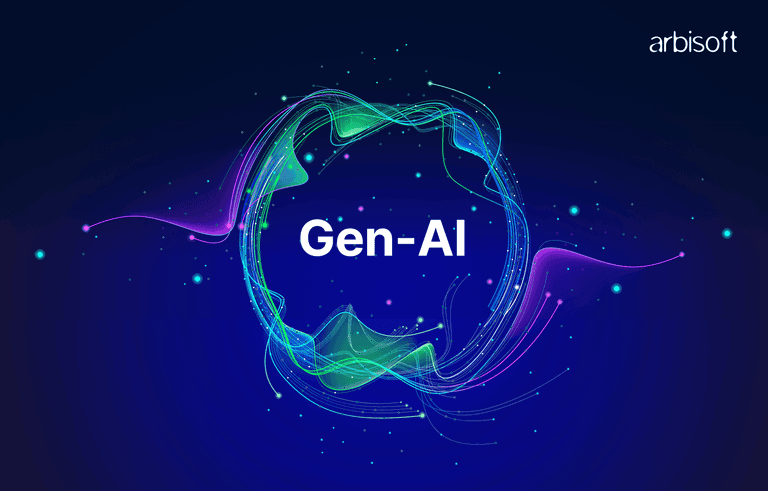We put excellence, value and quality above all - and it shows




A Technology Partnership That Goes Beyond Code

“Arbisoft has been my most trusted technology partner for now over 15 years. Arbisoft has very unique methods of recruiting and training, and the results demonstrate that. They have great teams, great positive attitudes and great communication.”
Transfer Learning in Deep Learning: Using Pre-trained Models for Quick Wins

Training a deep learning model from scratch can be a challenging task. Possible? Maybe. Practical and cost-effective? Not really.
That’s where transfer learning comes!
Instead of starting from zero, you stand on the shoulders of models already trained on mountains of data. No need for endless GPUs or a decade’s worth of cat photos. You get to skip the grunt work and dive straight into solving your problem.
It’s just smart.
Ready to see how this magic works and why? Let’s break it down.
What is Transfer Learning?
Transfer learning is a machine learning technique where a model developed for one task is reused as the starting point for another related task. Instead of training a neural network from scratch, transfer learning allows you to take advantage of a pre-trained model’s learned features and fine-tune it for your specific use case.
Why Transfer Learning Matters?
In today’s AI landscape, speed and efficiency are everything. Training deep learning models from scratch often demands massive datasets, powerful computing resources, and a lot of time. Transfer learning dramatically reduces these requirements. It enables developers and researchers to build high-performing models faster and with fewer resources.

How Transfer Learning Works?
Imagine you're learning to play a new musical instrument. If you already know how to play the piano, that experience gives you a head start when learning the guitar, you don't need to start from zero. That’s what transfer learning is like in the world of AI.
Instead of training a model from scratch, we give it a "head start" by using what it already learned from another task.
- Feature Extraction
- Fine-tuning
- Freezing layers
1. Feature Extraction: Reusing What the Model Already Knows
A pre-trained AI model has already learned how to recognize basic patterns, like edges, shapes, or colors in an image. We can reuse these patterns for a new task, just like using the same bricks to build a different house.
2. Fine-Tuning: Customizing the Model for a Specific Task
Sometimes, a model's existing knowledge doesn’t perfectly match the requirements of a new task. In these cases, we allow it to refine parts of what it already knows, similar to a French-trained chef learning to cook Chinese cuisine. The chef doesn’t start from scratch but makes adjustments to apply their skills in a new context.
This refinement process is called fine-tuning, and it helps the model perform better on a new task.
3. Freezing Layers: Deciding What to Keep and What to Update
In a large model, it's often unnecessary to update every part. Typically, we freeze the early layers since they capture general, basic information. Instead, we focus on fine-tuning the later layers, which are responsible for more task-specific details.
It's similar to revising only the final chapters of a book to fit a new storyline, but keeping the opening chapters the same because they still make sense.

Popular Pre-trained Models and Their Use Cases
Below are some of the most widely used pre-trained models across various domains, commonly used in transfer learning to speed up training and achieve better results with less data.

Benefits of Transfer Learning
Transfer learning is sort of a game-changer in modern AI development and offers several practical advantages, especially for developers with limited resources.
- Reduces Training time
- Requires Less Data
- Improves Performance
- Simplifies AI Adoption
1. Reduces Training Time
Since the model has already learned useful patterns from a large dataset, there is no need to start training from scratch. It can save a lot of time, even it can even reduce the training time from days to just a few hours.
2. Requires Less Data
Training deep learning models usually needs massive datasets, but with transfer learning, even small datasets can produce great results. This is especially useful in domains where labeled data is limited or expensive.
3. Improves Performance
Pre-trained models are already familiar with basic patterns, like shapes or language structure, so they usually perform better right from the start. They can achieve high accuracy with fine-tuning.
4. Simplifies AI Adoption
There is no longer a need for huge compute clusters to train powerful models. Even small teams or individuals can build high-performing AI systems by starting from existing models and focusing their efforts on innovation.
Challenges and Limitations
Transfer learning offers many advantages, but it has some drawbacks as well. Some of the key challenges that come with using pre-trained models are as follows:
1. Negative Transfer
Sometimes, a pre-trained model can actually make things worse instead of improving the performance. This happens when the knowledge learned from the previous task doesn’t align with the new task. This phenomenon is known as negative transfer.
2. Overfitting
Fine-tuning helps to improve accuracy, but if it is overdone, and in the case of small datasets, the model may memorize the training data instead of generalizing it. This leads to overfitting, where performance looks great during training but drops when tested on real-world data.
3. Domain Shift
Transfer learning is effective when the data used for training and the data used for the new task are reasonably similar. If the model was previously trained on a very different type of data, such as medical scans versus traffic images, the model would struggle to adapt. This challenge is named Domain Shift.
Real-World Applications and Case Studies
Transfer learning isn’t just a research topic. It is being used in real-world industries to solve real problems, particularly when the data and resources are limited.
- Healthcare: In the medical field, gathering large labeled datasets can be both challenging and costly. Transfer learning enables AI systems to observe patterns in medical images, such as identifying tumors or diagnosing rare diseases, with much less training data. This helps doctors obtain quicker insights.
- Autonomous Driving: Self-driving cars depend on computer vision to identify people, vehicles, and traffic signs. Rather than building these models from scratch, many companies fine-tune pre-trained vision models for object detection, which saves time.
- Language Translation: For languages with fewer speakers or limited digital content, gathering large datasets is difficult. Transfer learning helps by adapting models trained on widely spoken languages to work effectively on low-resource ones, to make the translation tools more accessible.
In The End
Transfer learning has become a key approach in modern AI development, enabling the creation of effective models with less data and reduced training time. Instead of starting from zero, developers can take advantage of existing pre-trained models and adapt them to specific tasks. This not only conserves time and computing resources but also delivers good performance and makes it a valuable tool across a range of industries.
For anyone working in AI, understanding how and when to use transfer learning is incredibly important. It allows even small teams to develop advanced models without needing vast amounts of data. Knowing when to fine-tune a pre-trained model versus when to train from scratch can save valuable time, reduce complexity, and lead to more effective outcomes.
























